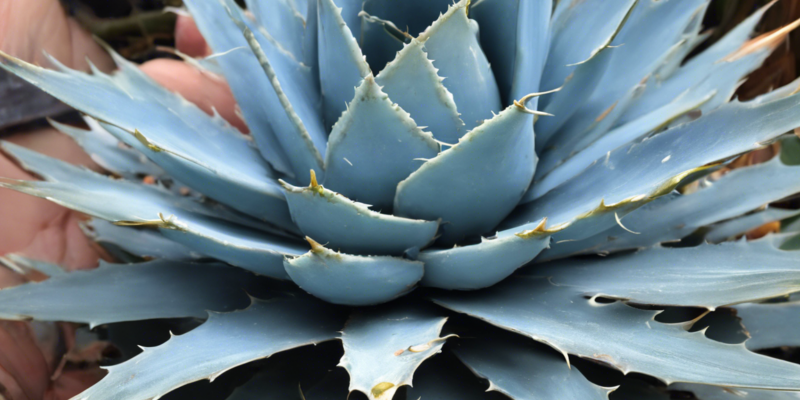Introduction
Cultivating blue agave is not only a tradition deeply-rooted in Mexican culture but has also become a lucrative agricultural endeavor for many farmers worldwide. This specialty crop, known for its sharp spiky leaves and succulent heart that yields the sweet nectar used in creating tequila, requires specific conditions and care to thrive. In this comprehensive guide, we will delve into the intricacies of growing the blue agave strain, from planting to harvesting, providing key insights for both novice and experienced cultivators.
Understanding Blue Agave
- Origin and Characteristics:
- Blue agave, scientifically known as Agave tequilana Weber, is a species of succulent plant native to Mexico.
- It belongs to the Agavaceae family and is characterized by its large, thick leaves with sharp thorns and a dense core known as the piña.
-
The plant can take anywhere from 7 to 12 years to mature fully, depending on growing conditions.
-
Cultural Significance:
- Blue agave holds significant cultural and economic importance in Mexico, particularly in the region of Jalisco, where most tequila production takes place.
- It has been cultivated for centuries and plays a vital role in traditional Mexican festivals and ceremonies.
Growing Conditions
- Climate:
- Blue agave thrives in semi-arid climates with plenty of sunlight. It is sensitive to frost and excess moisture, which can cause root rot.
-
Ideal temperatures range between 75-90°F (24-32°C) during the day and 60-70°F (15-21°C) at night.
-
Soil:
- Well-draining soil is essential for blue agave, as waterlogged conditions can lead to root diseases.
-
A sandy loam or volcanic soil rich in minerals is ideal for cultivation.
-
Watering:
- Blue agave is drought-tolerant and should be watered sparingly, allowing the soil to dry out between waterings.
- Overwatering can lead to root rot, so it is crucial to strike a balance to prevent moisture-related issues.
Planting and Care
- Propagation:
- Blue agave is primarily propagated through offsets, also known as “pups,” that sprout from the base of mature plants.
-
These offsets can be carefully removed and replanted to grow into new blue agave plants.
-
Planting:
- When planting blue agave, ensure proper spacing of at least 6 feet between each plant to allow for the plant’s full growth potential.
-
Dig a hole slightly larger than the plant’s root ball and backfill with soil, gently patting it down to remove air pockets.
-
Maintenance:
- Regular inspection for pests and diseases is essential to maintaining the health of blue agave plants.
- Remove dead or withered leaves to promote air circulation and prevent fungal infections.
Harvesting and Utilization
- Maturation:
- Blue agave is typically harvested when the plant reaches full maturity, indicated by the browning and drying out of the leaves.
-
The piña, or heart of the plant, is the most valuable part and contains the sugary juice used in tequila production.
-
Processing:
- After harvesting, the piñas are roasted and crushed to extract the sweet juice, which is then fermented and distilled to produce tequila.
- Different types of tequila, such as blanco, reposado, and añejo, are aged for varying periods to achieve distinct flavors.
Frequently Asked Questions (FAQs)
- How long does it take for blue agave to mature?
-
Blue agave typically takes 7 to 12 years to reach full maturity before it can be harvested for tequila production.
-
Can blue agave be grown outside of Mexico?
-
Yes, blue agave can be grown in regions with similar semi-arid climates and soil conditions, though the quality of the agave may vary.
-
What pests and diseases are common in blue agave cultivation?
-
Common pests include agave weevils and mites, while diseases such as root rot and leaf spot can affect the plants if not properly managed.
-
Is blue agave a high-maintenance crop to cultivate?
-
Blue agave is relatively low-maintenance once established, requiring minimal water and attention compared to other crops.
-
Can blue agave be used for purposes other than tequila production?
- Yes, blue agave has various culinary and medicinal uses, such as sweetening agents, fiber production, and in traditional remedies.
In conclusion, cultivating blue agave requires a combination of patience, knowledge, and care to ensure successful growth and harvest. Whether you are looking to embark on a new agricultural venture or simply appreciate the cultural heritage tied to this versatile plant, understanding the intricacies of blue agave cultivation can be a rewarding experience.


Comments